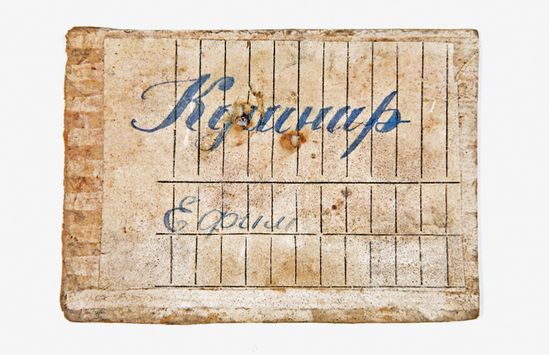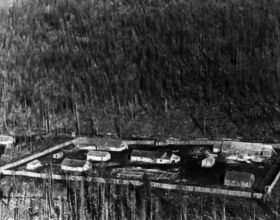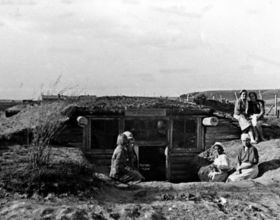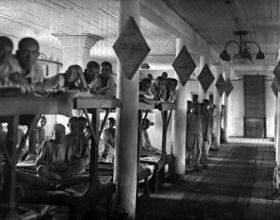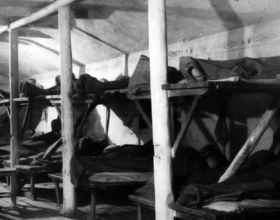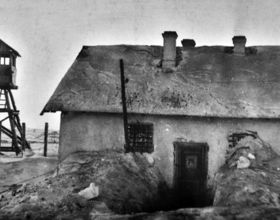Life in the camp was dominated by countless directives and prohibitions. The conditions were oppressive and life-threatening.
On their arrival, the inmates frequently found themselves in provisional camps or had to build them themselves. Isolated from society and subjected to inhumane conditions, they now lived a life consisting of heavy labour and a constant struggle for survival. The new arrivals had to find their places within the inmate hierarchy, which was usually ruled by criminal prisoners. A rigid schedule governed the daily routine. Early wake-up call, agonizing roll calls every morning and evening, often at inconceivably low temperatures, and strength-sapping marches to the place of work. Gruelling working hours were the rule, alleviated by only a few short breaks. A day of rest was a rarity.


